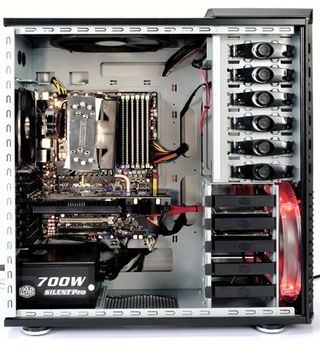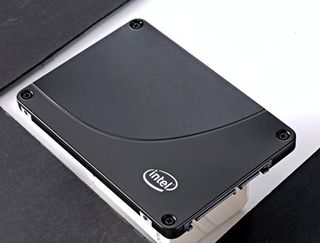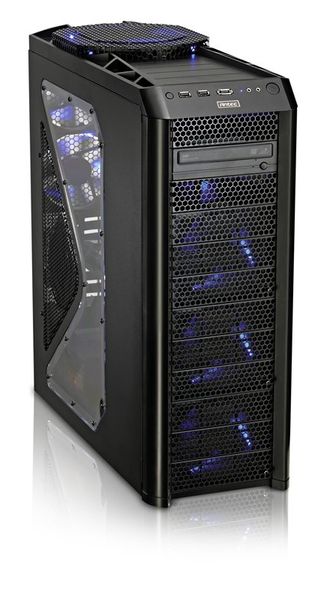The PC of 2010
The dramatic changes coming to PC hardware in the year ahead
Core i7 CPUs
Intel’s follow-up to the Core 2 range has arrived – and every Core i7 chip (as they’re known) will be quad core. Also, hyper-threading is back, so Windows will think you’ve got eight cores. Don’t expect eight-core performance, but do expect a boost in games that support it. Unlike most current quadders (essentially two dual-cores stuck together) all the cores are on a single die, which will notch the performance up.

Also, Intel have finally adopted the integrated memory controller that gave the Athlon 64 an edge for so long. This means your CPU can talk directly to your RAM, rather than being slowed down by feeding everything through the motherboard – thus, better performance, theoretically. Later this year, expect an improved version of the chip, currently codenamed Westmere – which will have as many as six cores. Meantime, ATI-AMD are working on Fusion, which is a merger of a CPU and a GPU and will, they hope, make processors a two-horse race again.
Solid state drives
So you know the way that USB stick on your keyring has no moving parts and can survive being jumped on by a rhino? That’s what PC hard drives are moving rapidly towards. Noisy, slow, ever-twitching drives and a predilection for sudden mechanical failure are on the way out. While solid state drives are slower to write data than most traditional HDs, the higher-end models are dramatically faster reading – which means load times are far quicker. A standard 2008 desktop hard drive takes around 50 agonising seconds to load a Team Fortress 2 map. On Intel’s X-25M, currently the darling of the solid state set, it’s around 25.

Downsides are the price – the X-25M is around $700 (£500) for 128Gb – and that cheaper models suffer from huge performance spikes. The average read speed might be awesome, but if you pick up one of the earlier-gen drives you’ll find sporadic slowdowns. 2009 should see the X-25M’s price drop and its improvements spread to cheaper rivals.
Intel Larrabee
With Intel stronger than ever since Core 2 Duo, they can afford to turn their attention to additional fronts. Specifically: graphics cards, something they’ve hitherto only dabbled with in low-power, oft-reviled integrated chips. With Larrabee, they’re going full-pelt for an add-in card designed to kick sand in the face of the GeForces and Radeons. It’s built on significantly different principles: as much on CPUs as on GPUs.

As well as playing to Intel’s strengths, this is also part of the nVidia/Intel war for the future of all processing. In theory, a Larrabee card is enough to run Windows itself; there’s even talk of a modified version that’ll drop into a CPU socket. Initially though, it’ll be a graphics card, with 24, 32 or 48 cores – touted as more than enough to run games such as Gears of War and HL2: Episode Two at 60fps at 1600x1200. Larrabee should strut its stuff early this year. Just what we need: 3D card buying options getting even more complicated.
Jan 29, 2009
Sign up to the 12DOVE Newsletter
Weekly digests, tales from the communities you love, and more
Most Popular


